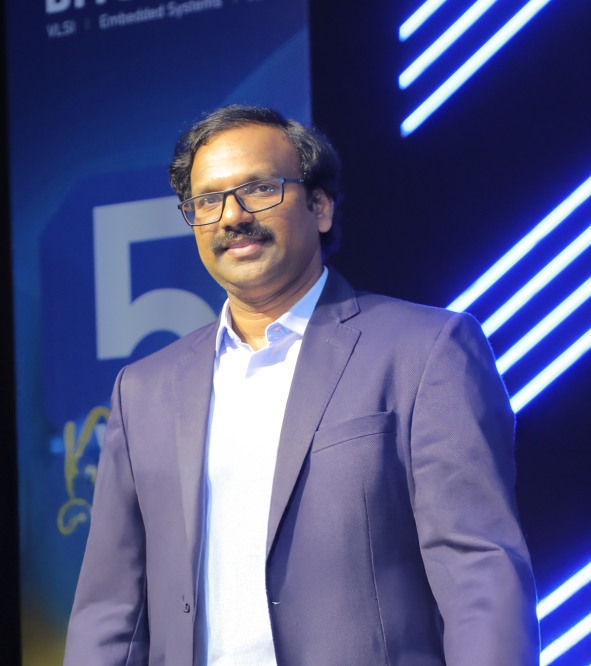Meet Our Esteemed Speakers
Discover the remarkable leaders and visionaries in various industries who are driving change and innovation.

Prof V Ramgopal Rao
Fellow of IEEE, TWAS, INAE, IASc, INSA, NASI Group Vice-Chancellor, Birla Institute of Technology & Science, Pilani

Dr. Satya Gupta
President, VLSI Society of India and Founder, EPIC Foundation.

Prof. Alex James
Director IIITMK, Dean External Linkages Digital University Kerala.

Prof Srihari Rao Patri
Professor, Department of ECE, NITW, Telangana, India.

Dr. Deepak Mishra
HEAD and SCI/ENG-SG

Mr. Ramanujam M Thodur
Global Technical Talent Lead, Texas Instruments India Private Limited

Mr. Rajesh Gupta
CEO, MOSart Labs

Dr. Krishna Kanth Avalur
CTO MOSart Labs

Mr. SS SARMA CHINTA
Founder & CEO, WnP Hyderabad.

Mr. Venkata Reddy Kolagatla
Scientist-D at C-DAC R & D, Bangalore, Karnataka, India

Mr. Sanjeev Kumar Srivastava
Founder & CEO, ZOICX Technologies, Hyderabad.

Dr. Balaji Jayaraman
Member of Technical Staff, Micron Technology, Hyderabad.

Mr. Raj Sekhar Bochkar
Sr. Manager, Application Engineering, Synopsys EDA India Pvt Ltd.

Mr. Bhaskar Kakani
Co-Founder & CEO, BITSILICA.